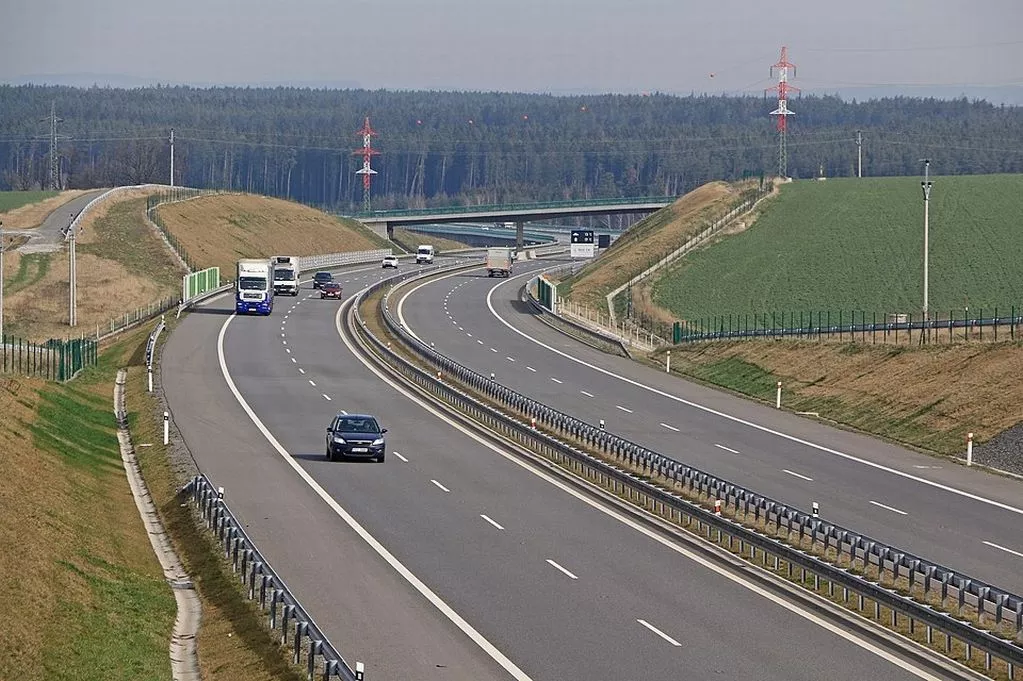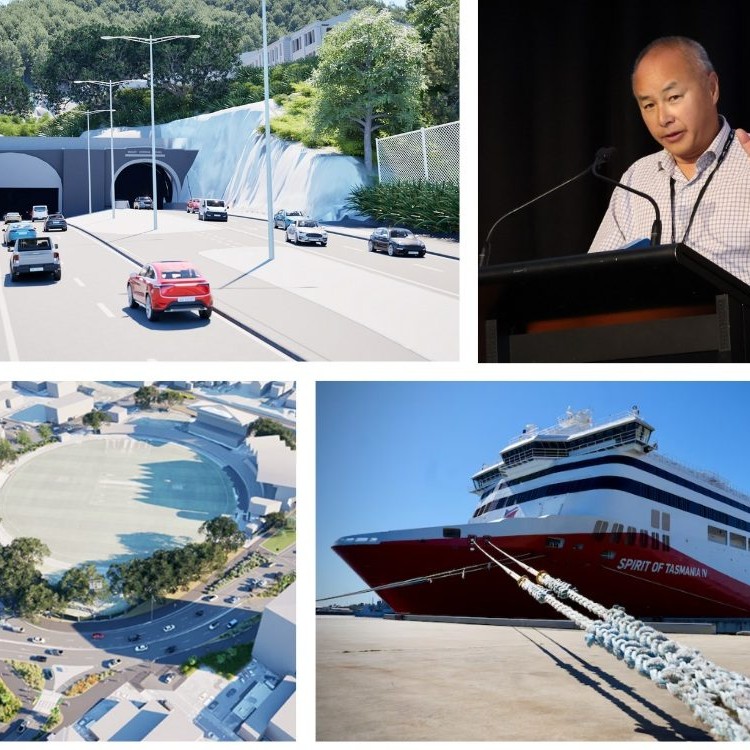
Wide range of issues demonstrates transport complexity
Last week 1News reported an agricultural contractor bemoaning he was facing about $12,000 in fines for being overloaded. That story included some comments by Transport Minister Chris Bishop which could be misperceived to mean that the October’s consultation on the rules will end up allowing farmers to do whatever they want. Understandably, this raised the ire of many of our members who operate in a relatively highly regulated environment.
We have a good relationship with Federated Farmers and with Rural Contractors NZ and from our follow up I’m confident that, like us, they’re mindful that safety and infrastructure risks need to be managed – so it can’t be a free for all. We’ve also sought clarification from the Minister.
Latest data confirms rail as lower carbon option for moving freight
There was also media interest in KiwiRail’s report that showed how rail use in the last year avoided over one million heavy truck trips, eased road congestion, reduced road maintenance costs and saved 82 million litres of fuel.
Frankly, comparisons like are overly simplistic and in reality, quite meaningless – it’s chalk and cheese. I could write a similar story on how moving fuel from Marsden Point to bulk storage facilities at ports around New Zealand by coastal shipping has saved millions of litres of diesel compared to if it had been moved by rail or road, but I wouldn’t because it doesn’t actually mean much and it’s not that helpful.
There are four transport modes: air, road, rail and sea, and they tend to coexist in just about every country in the world. Each of the modes offers their customers different benefits. That’s why they coexist. Rail and coastal shipping are great at moving bulk low-value goods, particularly over long distances with little or no time constraints, whereas road freight provides timely door to door services.
Ultimately people that need goods moved will be compelled to use whatever mode best suits their needs. We also shouldn’t forget that the Government has needed to routinely invest money in keeping KiwiRail going, and whether that investment is really providing a good return is increasingly questionable.
Submissions on issues of national significance completed this week
In the case of MBIE’s Draft Fuel Security Plan, when it comes to crisis response, history has shown time and again that despite what fuel companies may like to suggest, road transport isn’t the key chokepoint to moving fuel between regions. Loading facilities present more significant constraints, particularly in smaller ports where there are simply not enough truck loading facilities to match demand.
There is also inconsistency across the industry in terminal loading procedures and overly bureaucratic driver induction requirements, which are barriers to drivers operating from multiple terminals.
These are issues that one of our specialist sector groups, the Petroleum Industry Transport Safety Forum has been advocating for. It will be interesting to see if MBIE can help progress.
The Local Government (System Improvements) Amendment Bill is aimed at removing the previous four aspects of community well-being and re-focussing councils on specific core purposes.
Councils have a significant role in maintaining our country’s 80,000 km of local roads, which in turn play an essential role in the freight network. Unfortunately, population and freight task growth, combined with substantial increases in construction costs, have put New Zealand’s roading system under increasing pressure.
We believe this reform can help address the significant infrastructure challenges ahead of us and support the Bill.
International story of interest
The Czech authorities are set to follow Spain by introducing a 150kph speed limit on the 107-mile section of motorway connecting Prague to Linz. In May 2025, the AP-7 motorway in Catalonia was given a similar speed limit trial on a variable basis.
Like the Spanish trial, certain conditions like weather, road conditions, and the volume of traffic will be considered when applying the increased limit and when not running at the higher limit, the speed limit of 130kmh remains.
It’s interesting to see that more European governments are exploring innovative ways to reduce journey times and alleviate congestion. Both Austria and the Czech Republic have traffic death rates significantly lower than New Zealand.






